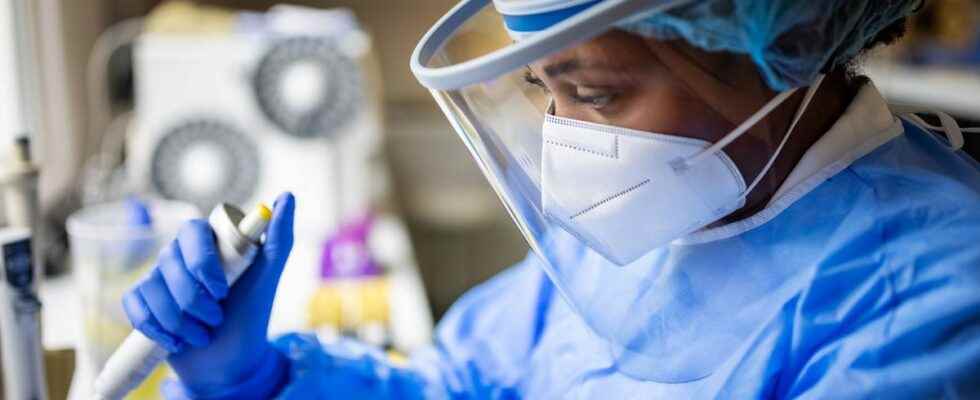Published on
Updated
Reading 2 mins.
Diabetes medications correct the consequences of the pathology, regulating blood sugar. But today, a French study has discovered a new class of drugs capable of targeting the very origin of type 2 diabetes. New hope for the millions of patients around the world?
Type 2 diabetes corresponds to a lasting excess of the concentration of glucose in the blood (hyperglycaemia), due to a disturbance of carbohydrate metabolism. This pathology affects 537 million people worldwide and has serious, even fatal consequences. It is increasing due to the aging of the population, but also sedentary lifestyles and poor eating habits. Today, a French team has discovered a new class of drugs to treat this disease.
A new therapeutic class against diabetes
Until today, researchers did not know how to act on the famous carbohydrate metabolism that causes type 2 diabetes, only on the consequences of the pathology, that is to say the lasting excess of the concentration of glucose in the blood. The drugs that existed until now therefore only made it possible to regulate this glycemic concentration.
According to the Inserm press release, this new drug, called PATAS, has the particularity “to treat the very origin of type 2 diabetes and associated comorbidities, in particular insulin resistance”. A first in the world.
Initially, research on a rare disease, Alström syndrome
PATAS is part of a new class of anti-diabetic drugs called “Adipeutics” (for “therapeutics specifically targeting the adipocyte”). PATAS specifically targets adipocytes, cells present in adipose tissues, allowing in particular the storage of fats in the body. In the case of type 2 diabetes, proteins interact and block the normal functioning of adipocytes, which can no longer absorb glucose, which causes the pathology.
But how did the researchers target adipocytes? Scientists had previously been interested in a rare disease, Alström syndrome. They had shown that abnormalities in adipose tissue were caused by the loss of function of a specific protein called ALMS1 and the way it binds with another protein called PKC Alpha. This phenomenon was the cause of extremely severe insulin resistance and early type 2 diabetes in these patients.
Consult a GP online
Restoring adipocytes’ ability to absorb glucose
In diabetic mouse models, the researchers succeeded with PATAS in restoring a normal physiology of the adipocytes by restoring the absorption of glucose. “Thanks to PATAS, adipocytes that no longer had access to glucose are once again able to absorb glucose and then metabolize it in order to synthesize and secrete lipids that are beneficial for the whole organism while absorbing extremely toxic lipids, acids non-esterified fats. The effects are visible in animals, with a marked improvement in insulin resistance, and a whole host of other parameters and comorbidities, including better glycemic regulation, a decrease in steatosis and liver fibrosis “explains Vincent Marion of the medical genetics laboratory (Inserm/University of Strasbourg).
The success of this trial leads an animal model that paves the way for an upcoming clinical trial in humans, and potentially a new treatment that could help millions of patients.
